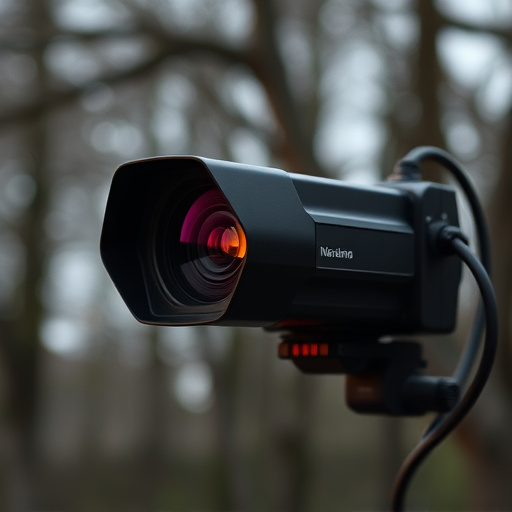Wireless surveillance systems using mini cameras for apartments offer remote access via smartphone or computer. Essential components include cameras, base stations, and power sources. To ensure optimal performance and data security, consider signal strength, update firmware, and use secure encryption. Locating these cameras requires innovative tactics like infrared, magnetic field, and RF signal scanners. Strategically place cameras in common areas for enhanced security while prioritizing privacy with robust security measures.
Wireless surveillance equipment, especially mini cameras for apartments, has transformed home security. This article provides essential tips on locatability, privacy, and security measures for these discrete devices. Understanding the basics of wireless surveillance empowers users to effectively deploy mini cameras, ensuring peace of mind in your space. Learn creative strategies for pinpointing hidden locations while maintaining a secure environment.
- Understanding Wireless Surveillance Equipment Basics
- Locating Mini Cameras: Creative Strategies
- Ensuring Privacy and Security Measures
Understanding Wireless Surveillance Equipment Basics
Wireless surveillance equipment, like mini surveillance cameras for apartments, has become an increasingly popular tool for home and business security. To maximize their effectiveness, understanding the basics is crucial. These systems operate through wireless networks, allowing for remote monitoring and control via a smartphone or computer. The core components include a camera (or multiple cameras), a base station, and a power source.
When setting up or detecting these devices, consider factors like signal strength and range, which can be affected by physical obstacles and interference from other electronic devices. Regularly updating firmware and using secure encryption protocols are essential practices to ensure the system functions optimally and protects sensitive data.
Locating Mini Cameras: Creative Strategies
Locating mini cameras in apartments presents a unique challenge due to their compact size and often covert nature. Creative strategies are essential to ensure thorough detection. One approach involves using specialized infrared (IR) detectors that can pick up heat signatures, as many mini cams produce subtle IR emissions. Another tactic is to employ magnetic field sensors, given that some cameras may be attached to metal objects for stability.
Additionally, utilizing radio frequency (RF) signal scanners can help identify wireless camera transmissions. With the right tools and a systematic search pattern, it’s possible to uncover hidden mini surveillance cameras in apartments, ensuring tenant privacy and security. For instance, checking common areas, electrical outlets, and behind furniture are initial steps.
Ensuring Privacy and Security Measures
When setting up wireless surveillance equipment, especially in apartments or shared living spaces, it’s paramount to balance functionality with privacy considerations. Utilize Mini Surveillance Cameras for Apartments discreetly, placing them in strategic locations that don’t invade personal spaces. Focus on common areas like entryways, hallways, and shared lounges where security benefits outweigh individual privacy concerns.
Implementing robust security measures alongside your wireless surveillance system is crucial. Use strong, unique passwords to protect the device’s settings and network access. Enable encryption for all video transmission to safeguard sensitive footage from unauthorized access. Regularly update firmware and software to patch vulnerabilities and ensure the system remains secure in a constantly evolving digital landscape.
Wireless surveillance equipment, particularly mini cameras for apartments, offer enhanced security but require careful navigation. By understanding the basics, employing creative location detection strategies, and prioritizing privacy and security measures, you can maximize their effectiveness while respecting personal boundaries. Remember, proper placement and discretion are key to harnessing the benefits of these advanced tools.
